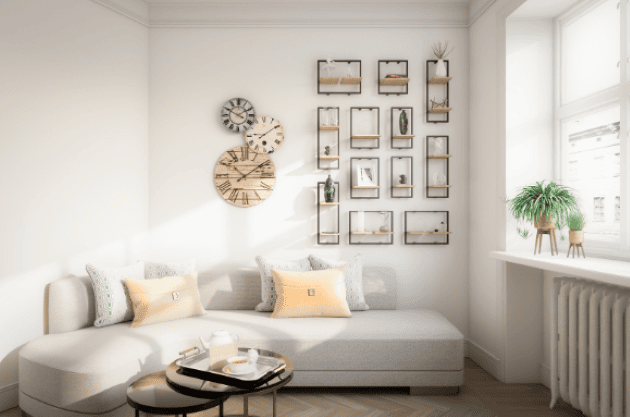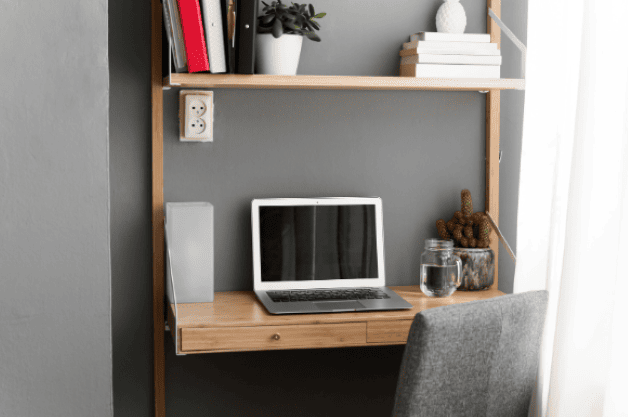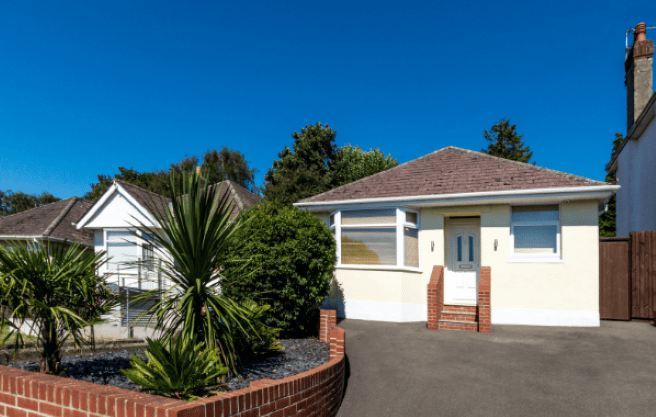
The concept of tiny living has been gaining traction, appealing to those eager to simplify their lives and reduce their environmental footprint. But one potential challenge of living in a smaller space is ensuring that it feels airy and well-lit. With the right strategies, your tiny home can be flooded with natural light, creating an open, spacious ambiance. In this article, we’ll explore the do’s and don’ts of maximizing natural light in your tiny abode.
Do’s of Maximizing Natural Light
- Opt for Large Windows:
While space might be at a premium, don’t skimp on windows. Installing large windows, especially on the sides of the house that receive the most sunlight, can significantly increase the influx of natural light. - Choose Light Colors:
Lighter colors reflect sunlight better than darker shades. Use whites, creams, or pastels for walls, flooring, and furnishings. These tones will not only amplify the light but also make the room appear bigger. - Use Reflective Surfaces:
Mirrors and other reflective surfaces bounce light around the room. A strategically placed mirror opposite a window can double the amount of sunlight entering your space. - Opt for Open Floor Plans:
Walls can obstruct the flow of light. Consider an open floor plan that allows sunlight to travel unhindered from one end of the home to the other. - Install Skylights or Solar Tubes:
These are perfect for bringing in sunlight from the top, especially in spaces where wall windows might not be feasible. Plus, they give you a lovely view of the sky!
Don’ts of Maximizing Natural Light
- Avoid Heavy Curtains:
While curtains add privacy, thick and dark curtains can drastically reduce the light entering your home. Opt for light, translucent curtains that offer privacy while allowing sunlight to filter through. - Don’t Overcrowd:
One major principle of tiny living is minimalism. Avoid cluttering your space with too many furnishings or décor items, as these can block light pathways. - Avoid Dark or Glossy Paints:
While dark paints can add character, they absorb light. Glossy paints, on the other hand, might seem like a good idea for reflection, but they can create glares. Stick to matte finishes in light shades. - Don’t Ignore Window Maintenance:
Dirty windows can significantly cut down on the amount of light entering your home. Regular cleaning ensures you’re making the most of your sunlight sources. - Don’t Neglect Outdoor Landscaping:
Large shrubs or trees right outside your windows can cast shadows, reducing the influx of light. Ensure that the vegetation around your tiny home doesn’t block sunlight.

Further Considerations in Maximizing Natural Light
- Opt for Clear Glass Doors:
If your tiny home design allows, consider including glass doors, either sliding or French-style. They not only allow a more substantial influx of light but also offer a seamless connection with the outdoors. - Integrate Multi-functional Furniture:
In tiny homes, it’s essential to be clever with your furniture choices. Opt for pieces that are multi-functional and can be stored or folded away when not in use. This clears pathways for light and also offers more floor space. - Consider Light Shelves:
Light shelves are horizontal surfaces that reflect daylight deep into a room. They are placed above eye level and have a high-reflectance upper surface. This technique can be particularly useful in homes where direct sunlight might be too harsh, as it diffuses the light and spreads it more evenly.
Mistakes to Steer Clear of
- Ignoring the Sun’s Path:
It’s essential to understand how the sun travels across your home throughout the day. Positioning your main windows towards the sun’s path ensures maximum light. Ignoring this can lead to darker homes, even with plenty of windows. - Choosing Bulky Furniture:
While selecting furniture, keep the scale in mind. Bulky pieces can obstruct light and make your space feel cramped. Opt for sleek, minimalist designs that complement the tiny living ethos. - Neglecting Night-time Lighting:
While our focus is on natural light, how you light your home at night can also affect its feel. Bright, glaring lights can make spaces feel stark and uninviting. Consider softer, ambient lighting to ensure a cozy feel after sundown.

Conclusion
Living in a tiny home doesn’t mean compromising on brightness and a cheerful ambiance. By carefully considering your design choices, you can ensure that every ray of sunshine finds its way into your space, making it feel larger, livelier, and more welcoming. Embrace these do’s and don’ts, and you’ll soon find your tiny abode glowing with the gentle, natural light that makes any house feel like a home.






